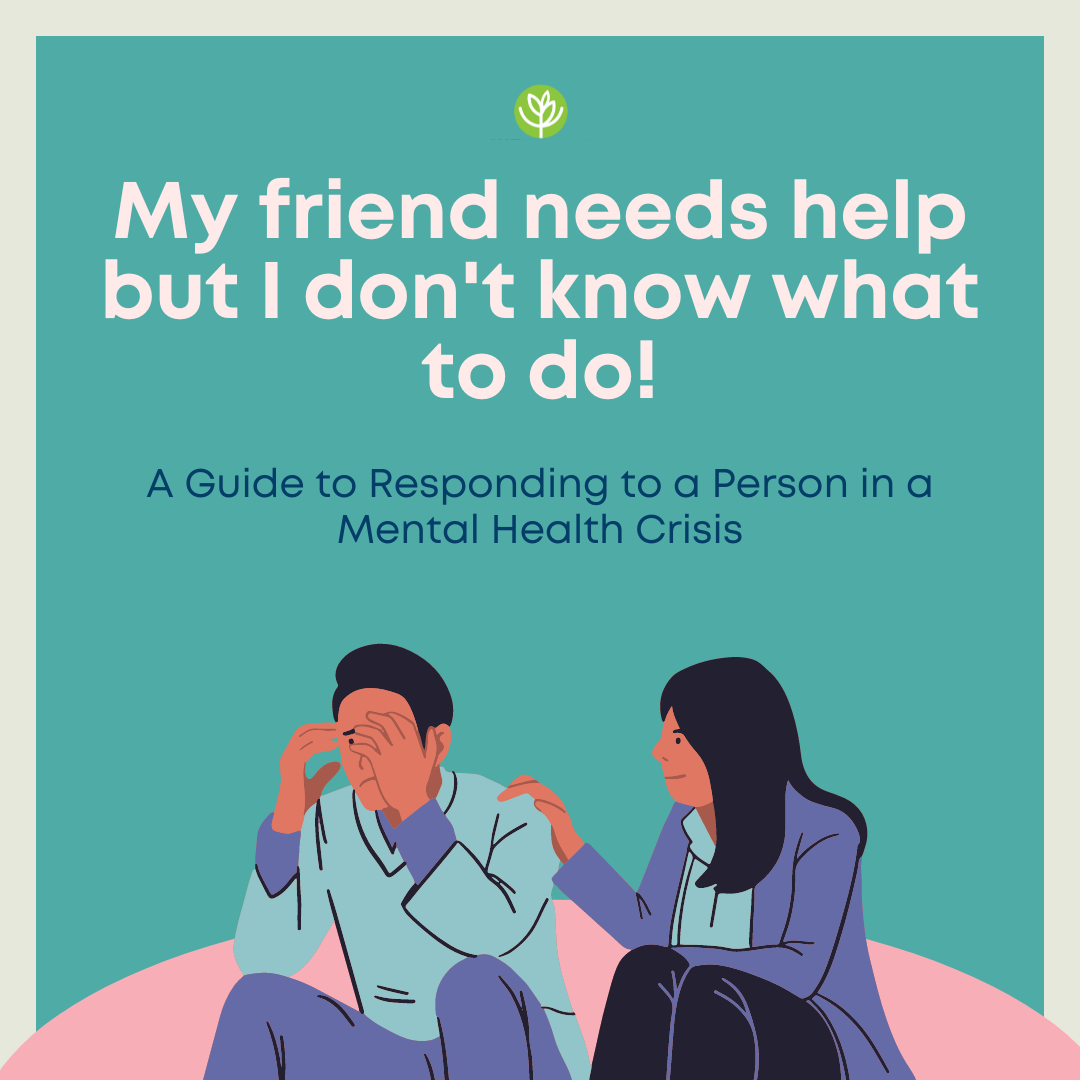The Philippines has made significant strides in mental health awareness, thanks to professionals, advocates, and service users’ efforts. Initiatives such as the Philippine Mental Health Act (R.A. 11036) and the recognition of the rights of psychosocial disabilities under the Magna Carta for Disabled Persons (R.A. 7277) have played pivotal roles in this progress. Advocacy groups are also pushing for legislation like the Neurodivergent People’s Rights Act (H.B. 9787).
Despite these advancements, stigma and misunderstanding surround neurodevelopmental disorders, particularly Attention Deficit Hyperactivity Disorder (ADHD). This is a developmental disorder characterized by patterns of hyperactivity, inattention, or a combination of the two. A diagnosis is given based on the severity of symptoms, level of impairment, and the presence of symptoms since childhood. Globally, ADHD affects 5-7.2% of youth and 2.5-6.7% of adults ,,; but Philippine figures are unfortunately scarce and outdated.
Consider a young boy in his Grade 1 classroom, labeled as “makulit,” “pasaway,” and even “bad,” while he struggles with symptoms of ADHD that go unrecognized. Similarly, imagine a woman in a bustling high-rise building, where her difficulties staying organized lead to exclusion from important email correspondences and social gatherings, all because her colleagues are unaware of her ADHD diagnosis.
Unfortunately, ADHD is still so often shrouded in stigma. Those grappling with the disorder find themselves wrestling to keep pace with the demands of daily life, be it at school, work, or social settings.
Recognizing ADHD as a genuine challenge and not a character flaw, is vital for supporting individuals and dispelling misconceptions.This condition, when properly diagnosed, can be life-saving, paving the way for individuals to alleviate suffering and reclaim their power. But however well-intentioned, there is still a risk of overdiagnosis- an issue that is particularly prevalent in the realm of ADHD, but also within the realm of mental health diagnoses at large. Overdiagnosis can occur due to various factors, ranging from clinician practices to caregiver influences, but this often looks like overprescription of medications and unnecessary interventions. In the case of ADHD, changes in criteria in the
Diagnostic and Statistical Manual of Mental Disorders between its fourth and fifth editions have contributed to this concern- it added examples of symptoms seen in adolescents and adults, lessened impairment criteria, and revised the age of onset.
We must also remember that for children, a certain level of kulit is normal and developmentally appropriate. It is a quintessential part of childhood, after all — to dash around, create chaos, and indulge in one’s imagination. However, what distinguishes ADHD diagnosis is the severity and persistence of symptoms over time to the point that there is impairment.
Context also may play a role in facilitating overdiagnoses and misdiagnoses. While legislative progress and heightened awareness have improved access to care, our “digital by default” age has introduced new challenges, further complicating the diagnostic process for mental health disorders. For example, during the pandemic, the proliferation of misleading TikTok videos about ADHD posed a significant risk, as many individuals were facing attention challenges. A study revealed that over half of these videos were misleading, with non-healthcare professionals being the primary uploaders, potentially leading to widespread misinformation and self-diagnosis among their viewers.
On the other hand, many individuals may go undiagnosed until much later, their struggles well-masked by societal expectations and coping mechanisms. There exist gendered differences in the diagnosis of ADHD: boys are significantly more diagnosed with ADHD compared to girls due to differences in presentation. Girls with ADHD often exhibit the inattentive type, which may not manifest as disruptive behavior and consequently may be overlooked for treatment unless their symptoms significantly impact their daily functioning.
And with any diagnosis, whether physical or not, early intervention is crucial. Effective treatment during childhood can significantly improve symptoms and overall functioning, leading to better outcomes. Unfortunately, if left untreated until adulthood, ADHD can result in chaotic lifestyles, other co-occurring mental disorders, and challenges in various aspects of life.
The journey towards an ADHD diagnosis can be unexpectedly complex. For individuals who resonate with ADHD symptoms, every step of the way demands cautious decision-making. It is crucial to be discerning with the information you consume and the healthcare providers that you trust. Ensure that they are equally diligent.
Self-reflection is also essential. Clarify your “why” behind seeking a diagnosis—It could be that receiving ADHD treatment might help you lead a much more fulfilling life. It could also be that you want relief from years of overcompensation. Whatever your “why” is, seeking a comprehensive assessment is essential in this process to tailor-fit treatment to your unique brain. It is not a one-size-fits-all diagnosis, however general the diagnostic manual may make it appear to be; a detailed picture of how your mind works, pinpointing your strengths and challenges, will help specify what you need.
Seeking consultations from various professionals, such as clinical psychologists and psychiatrists, can offer valuable insights and interventions for managing ADHD. Therapy is a crucial component of tailored interventions—it provides individuals with a safe space to learn more about themselves, as well as equips them with essential skills and strategies to cope with their symptoms. Additionally, executive function coaching can further empower individuals with ADHD to navigate daily challenges effectively and achieve their goals. Executive function coaching focuses on enhancing skills like organization, time management, and task prioritization- these are skills that are often affected by ADHD symptoms. By addressing these areas, your quality of life may be significantly enhanced.
Despite the leaps and bounds in mental health perceptions, access, and service delivery, there is still much work to be done. Whether for ourselves or others, there is no time like the present to advocate for better education on mental health concerns like ADHD. Indeed, it is an ongoing journey to challenge misconceptions, develop discernment, and embrace the complexities of these issues. However, it is essential to see the merit in all this effort, to recognize that finally receiving the proper help can save lives. By advocating for improved access to accurate diagnosis and comprehensive treatment, we can empower individuals with ADHD to finally thrive in their communities.
For Executive Functioning (EF) coaching and other clinical services, contact us at clinic@wethriveinc.com.
Sources:
https://lawphil.net/statutes/repacts/ra2018/ra_11036_2018.html
http://hrlibrary.umn.edu/research/Philippines/RA%207277%20-%20Magna%20Carta%20of%20Disabled%20Persons.pdf
https://hrep-website.s3.ap-southeast-1.amazonaws.com/legisdocs/basic_19/HB09787.pdf
Posner J, Polanczyk GV, Sonuga-Barke E. Attention-deficit hyperactivity disorder. Lancet. 2020;395(10222):450–462. doi: 10.1016/S0140-6736(19)33004-1.
Song P, Zha M, Yang Q, Zhang Y, Li X, Rudan I. The prevalence of adult attention-deficit hyperactivity disorder: A global systematic review and meta-analysis. Journal of Global Health. 2021;11:04009. doi: 10.7189/jogh.11.04009.
Thomas R, Sanders S, Doust J, Beller E, Glasziou P. Prevalence of attention-deficit/hyperactivity disorder: a systematic review and metaanalysis. Pediatrics. 2015;135(4):e994–e1001. doi: 10.1542/peds.2014-3482.
Merten, E. C., Cwik, J. C., Margraf, J., & Schneider, S. (2017). Overdiagnosis of mental disorders in children and adolescents (in developed countries). Child and adolescent psychiatry and mental health, 11, 1-11.
Substance Abuse and Mental Health Services Administration. DSM-5 Changes: Implications for Child Serious Emotional Disturbance [Internet]. Rockville (MD): Substance Abuse and Mental Health Services Administration (US); 2016 Jun. Table 7, DSM-IV to DSM-5 Attention-Deficit/Hyperactivity Disorder Comparison. Available from: https://www.ncbi.nlm.nih.gov/books/NBK519712/table/ch3.t3/
American Psychiatric Association. (2022). Neurodevelopmental disorders. In Diagnostic and statistical manual of mental disorders (5th ed., text rev.).
Yeung, A., Ng, E., & Abi-Jaoude, E. (2022). TikTok and attention-deficit/hyperactivity disorder: a cross-sectional study of social media content quality. The Canadian Journal of Psychiatry, 67(12), 899-906.
Bruchmüller, K., Margraf, J., & Schneider, S. (2012). Is ADHD diagnosed in accord with diagnostic criteria? Overdiagnosis and influence of client gender on diagnosis. Journal of Consulting and Clinical Psychology, 80(1), 128–138. https://doi.org/10.1037/a0026582
Ginsberg, Y., Quintero, J., Anand, E., Casillas, M., & Upadhyaya, H. P. (2014). Underdiagnosis of attention-deficit/hyperactivity disorder in adult patients: a review of the literature. The primary care companion for CNS disorders, 16(3), 23591.





